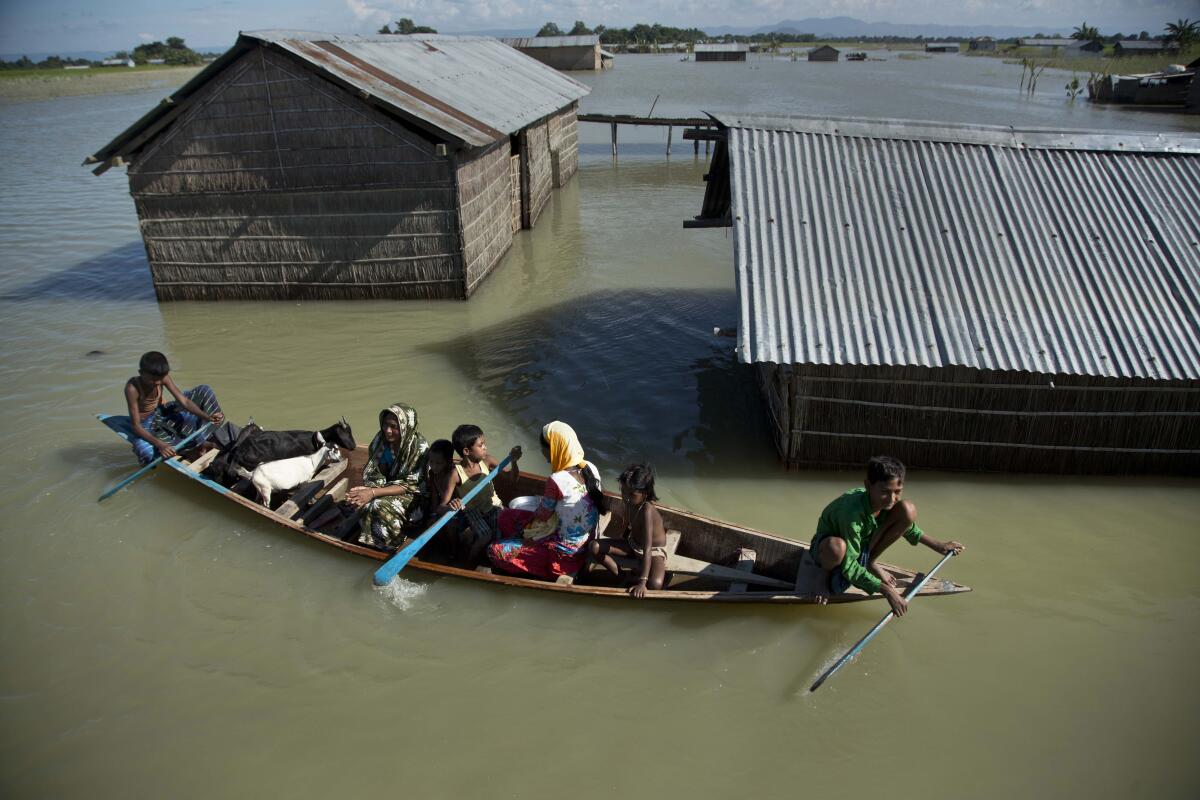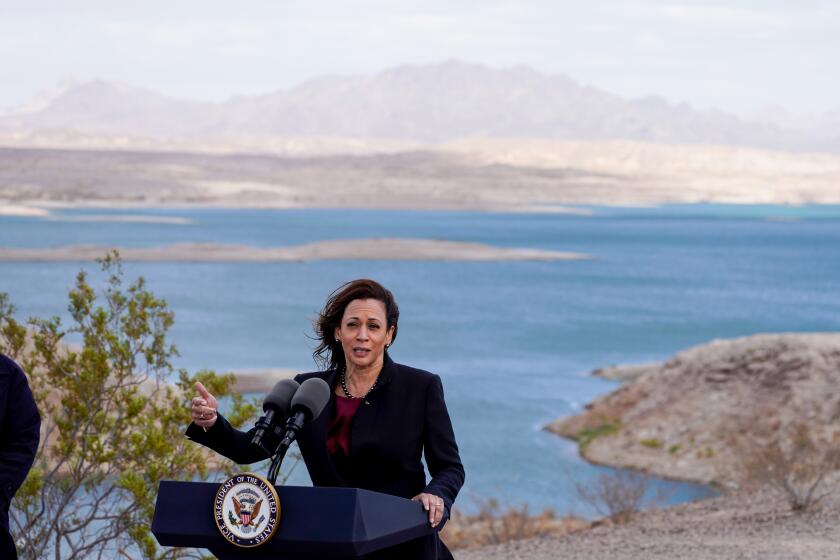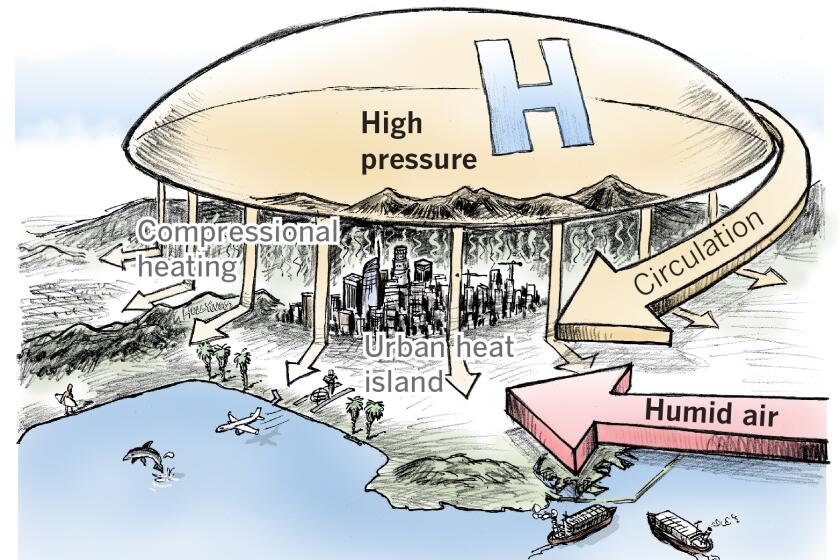U.S. must act to protect climate migrants, government report says

WASHINGTON — National security officials warn that worsening heat waves, droughts and other climate-fueled hazards are likely to drive a surge in global migration in the coming decades, increasing political instability among the United States’ allies and strengthening its adversaries.
The analysis issued Thursday marks the first such government report on the effects of climate on migration. It found that migrants forced from their homes by climate-related events are likely to seek refuge in the nearest stable democratic nations that follow international asylum conventions and where jobs are plentiful. This could send waves of migrants to traditional destinations like the United States and the European Union, as well as to bordering countries like Mexico and Turkey that are already struggling with how to respond to increasing migrant populations.
The Biden administration released three other climate change assessments Thursday from the departments of Homeland Security and Defense, the National Security Council and the director of national intelligence. Together, they represent the most complete analysis yet of the threats climate change poses to national security.
The centerpiece of President Biden’s climate agenda is running into opposition from key moderate Democrats.
A sharp rise in climate migrants could strain relations between developed countries and their neighbors, the report on migration found, particularly if wealthy countries enact restrictive policies that push people into countries with fewer resources.
Unless the U.S. and Europe come up with a strategy to address climate migration, the report said, China, Russia and other nations could exploit the situation, providing aid to overwhelmed countries in order to gain influence.
National security officials recommend a series of steps in the report, such as sending U.S. aid to help people through climate-related disasters in their home countries, more tracking of extreme weather events that are likely to displace people, and possible legislative action to protect climate migrants.
And they urge the U.S. government to establish an interagency working group on climate change and migration to coordinate its efforts to address the challenge.
Vice President Kamala Harris visits Nevada to stump for President Biden’s infrastructure and climate agenda.
The report was ordered by President Biden in February as part of an executive order that instructed government agencies to prepare for how climate change could affect migration patterns and consider updating the U.S.’ refugee policy.
“This report is really important because this decade is a make or break one for climate and people who are already on the move need protection now,” said Ama Francis, climate displacement project strategist at the New York-based International Refugee Assistance Project, or IRAP. “It says we recognize you, you matter and there are things the U.S. government can do to protect you.”
IRAP and other migrant advocacy groups are pressing the Biden administration and Congress to support a new climate visa that would grant temporary protections to migrants and a pathway to permanent residency. As they envision it, migrants would be eligible for the visa if they come from certain countries at the greatest risk from climate change and if they can make a case for why they are particularly vulnerable.
Current refugee and asylum laws require migrants to prove they are being persecuted by a government or ethnic group. They don’t provide protection for people fleeing climate change impacts, such as food scarcity and deadly floods.
Some migrants, such as climate activists facing death threats for their work, have been granted protection under the current system, Francis said. But many more have been excluded, they said, pointing to a need to train asylum and refugee officers on the effects of climate change.
The new report “is an important acknowledgement of a troubling lack of a policy framework to protect those uprooted by the climate crisis,” Krish O’Mara Vignarajah, president and chief executive of the Lutheran Immigration and Refugee Service.
A World Bank report published last month found that, over the next 30 years, climate change could push more than 200 million people across the globe to leave their homes unless countries act quickly to slash emissions of planet-warming gases. By 2050, the report estimated, there are likely to be millions of “climate migrants” seeking refuge from extreme drought, flooding and decreasing crop yields.
California’s worst heat waves arrive in a one-two punch — high temperatures combined with humid air from Baja.
According to the new U.S. report, most people who are displaced or migrate because of climate change are staying within their own countries’ borders. But cross-border migration is increasing, especially in parts of the world where the effects of climate change are colliding with regional conflicts and violence.
The report predicts this trend will inflame existing tensions internationally, highlighting recent examples in which the arrival of immigrants from Syria and Central America led to backlash from anti-immigrant factions within the U.S. and Europe.
A world destabilized by climate change could also embolden authoritarian leaders, the report says, noting that Russia would benefit from future conflicts over climate-related migration in Europe, especially if those disagreements led more countries to split from the European Union.










